How long to see effects of air purifier? You can expect to notice some initial improvements in your air quality within 30 minutes to a few hours, especially regarding dust and odors. However, for more significant and comprehensive air quality enhancements, it may take anywhere from 2 to 7 days of continuous operation. The air purifier effectiveness timeline depends on many factors discussed below.
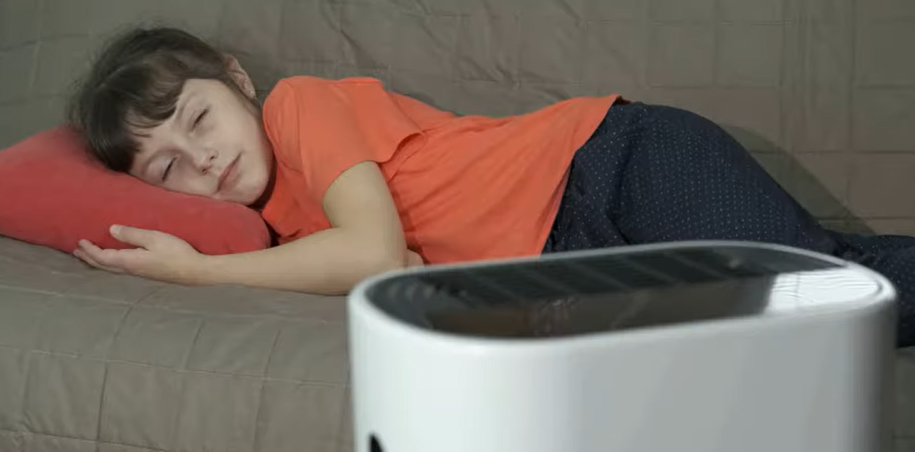
Factors Affecting Air Purifier Results Visibility
Several elements determine how quickly an air purifier works and how soon you’ll experience its benefits. Knowing these factors can help manage your expectations and optimize your air purifier’s performance.
Room Size and Air Purifier Capacity
The size of your room significantly impacts how quickly an air purifier can clean the air. Air purifiers are rated by their Clean Air Delivery Rate (CADR), which measures how quickly they can filter air in a specific room size.
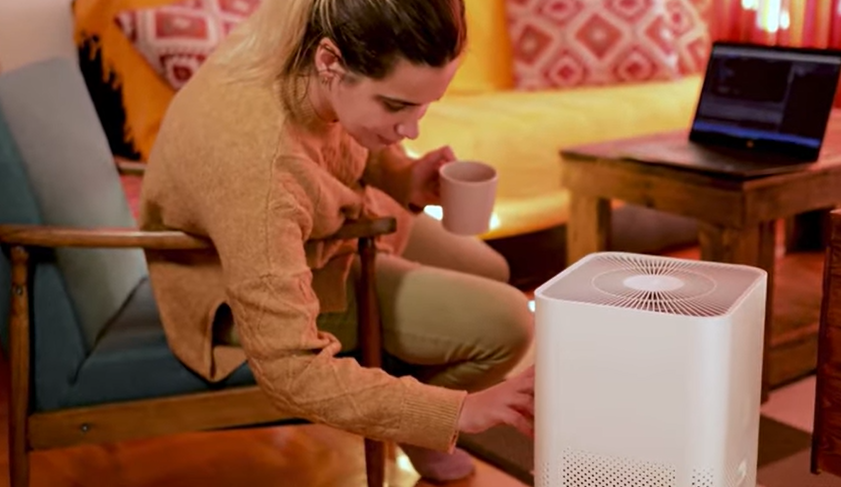
- CADR: A higher CADR indicates a faster air cleaning rate.
- Room Size: If the room is larger than the air purifier’s recommended size, it will take longer to see results.
- Solution: Choose an air purifier with a CADR suitable for your room size. A larger CADR is always better.
Here is a table that illustrates the relationship between room size and CADR.
| Room Size (sq ft) | Recommended CADR (Dust) | Recommended CADR (Pollen) | Recommended CADR (Smoke) |
|---|---|---|---|
| 100 | 65 | 75 | 60 |
| 300 | 195 | 225 | 180 |
| 500 | 325 | 375 | 300 |
Type of Air Purifier and Filtration System
Different air purifiers use various filtration technologies, each with unique strengths and weaknesses. The type of filter directly affects the air purifier impact duration and the kind of pollutants it can remove effectively.
- HEPA Filters: High-Efficiency Particulate Air (HEPA) filters are excellent at capturing particles like dust, pollen, and pet dander.
- Activated Carbon Filters: These filters are effective at removing odors, gases, and volatile organic compounds (VOCs).
- UV-C Light: Some air purifiers use UV-C light to kill bacteria, viruses, and mold spores. These can be effective, but may not contribute noticeably to air purifier results visibility immediately.
- Pre-filters: These capture larger particles, extending the life of the main filters.
- Consideration: An air purifier with multiple filtration stages will generally provide more comprehensive air cleaning and faster results.
Initial Air Quality and Pollution Levels
The level of pollutants in your air before using an air purifier greatly affects how quickly you’ll notice a difference.
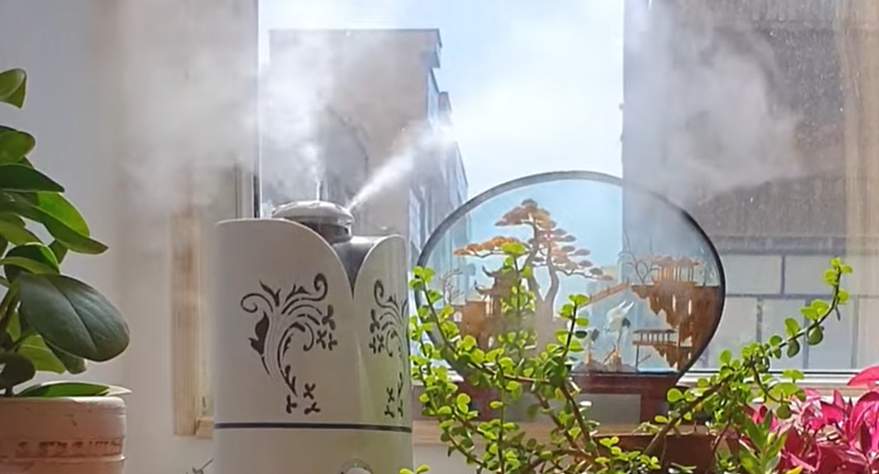
- High Pollution: If your air is heavily polluted (e.g., during wildfire season or in an area with high traffic), it will take longer for the air purifier to clean the air.
- Low Pollution: If the air is relatively clean to start, you might notice improvements more quickly.
- Solution: Consider running the air purifier on a higher setting initially if the air quality is poor.
Air Purifier Placement
Where you place your air purifier can influence its performance and air purifier benefits realization.
- Central Location: Placing the air purifier in a central location allows it to circulate air more effectively throughout the room.
- Obstructions: Avoid placing the air purifier behind furniture or in corners, as this can restrict airflow.
- Proximity to Pollution Source: Placing it near a source of pollution (e.g., a kitchen or pet area) can help target those pollutants more directly.
Fan Speed and Settings
Most air purifiers have multiple fan speeds. The fan speed affects how quickly the air is filtered.
- Higher Fan Speed: Higher fan speeds clean the air faster but can be noisier and may reduce filter life.
- Lower Fan Speed: Lower fan speeds are quieter but take longer to clean the air.
- Auto Mode: Many air purifiers have an auto mode that adjusts the fan speed based on the detected air quality. This is a good balance of efficiency and noise.
Air Purifier Improvement Period: What to Expect
The air purifier effects timeframe can be broken down into short-term and long-term expectations. Here’s a general timeline of what you might observe.
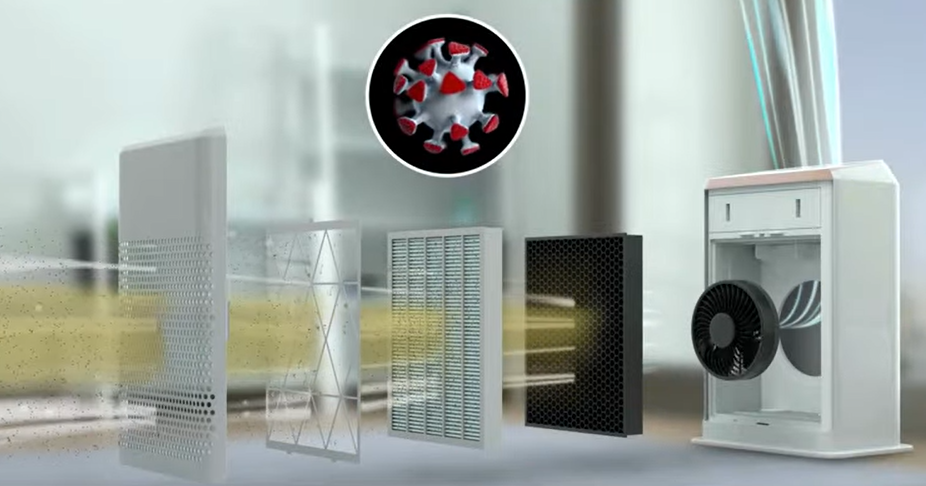
Short-Term Effects (Within Hours)
- Dust Reduction: You may notice a decrease in visible dust particles in the air and on surfaces.
- Odor Control: Reduction of lingering smells, such as cooking odors or pet odors, may be apparent.
- Improved Breathing: Some individuals, particularly those with mild allergies or sensitivities, might find it easier to breathe.
Mid-Term Effects (Within Days)
- Allergy Symptom Relief: Noticeable reduction in allergy symptoms like sneezing, coughing, and itchy eyes.
- Better Sleep: Improved air quality can contribute to better sleep quality, especially for individuals with respiratory issues.
- Reduced Dust Accumulation: Less frequent dusting might be needed as the air purifier captures more dust particles.
Long-Term Effects (Within Weeks)
- Reduced Respiratory Issues: Long-term use can lead to fewer respiratory problems and improved overall lung health.
- Mold Control: Reduction in mold spore count, which can help prevent mold growth.
- Consistent Air Quality: Maintaining consistently cleaner air, reducing the risk of exposure to harmful pollutants.
Indicators of Air Purifier Performance
While it can be subjective, here are some tangible and measurable air purifier performance indicators that show it’s working:
Visual Inspection
- Dust Collection: Check the pre-filter and HEPA filter for accumulated dust and particles. A dirty filter indicates that the air purifier is capturing pollutants.
- Cleaner Surfaces: Notice if there is less dust settling on furniture and other surfaces.
Symptom Monitoring
- Reduced Allergy Symptoms: Keep track of allergy symptoms like sneezing, coughing, and itchy eyes. A decrease in these symptoms is a good indicator.
- Improved Sleep Quality: Monitor sleep patterns and notice if sleep quality improves.
Air Quality Monitoring Devices
- Air Quality Monitors: Use an air quality monitor to measure the levels of pollutants in your home, such as PM2.5, VOCs, and humidity.
- Smart Air Purifiers: Some air purifiers have built-in sensors that provide real-time air quality data.
Subjective Improvements
- Easier Breathing: Pay attention to how easily you can breathe, especially if you have respiratory issues.
- Reduced Odors: Notice if odors are less noticeable or disappear more quickly.
- Overall Comfort: Note if you feel more comfortable and less irritated by the air in your home.
Optimizing Air Purifier Performance for Faster Results
To maximize air purifier performance indicators and shorten the air purifier effects timeframe, consider the following tips:
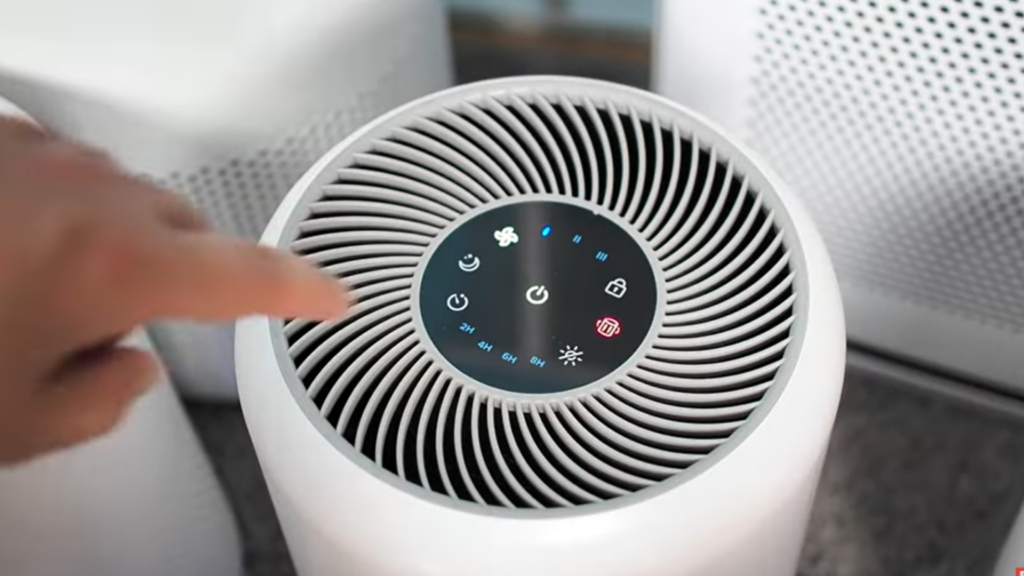
Proper Placement
- Central Location: Place the air purifier in a central location with good airflow.
- Away from Obstructions: Keep it away from walls, furniture, and other obstructions.
Regular Filter Maintenance
- Filter Replacement: Replace filters according to the manufacturer’s recommendations.
- Pre-filter Cleaning: Clean the pre-filter regularly to remove larger particles and extend the life of the main filters.
Here is a typical maintenance schedule, but always check the manufacturer’s guidance.
| Filter Type | Maintenance Frequency |
|---|---|
| Pre-filter | Every 1-2 weeks |
| HEPA Filter | Every 6-12 months |
| Activated Carbon | Every 3-6 months |
| UV-C Bulb | Every 12 months |
Continuous Operation
- Run Continuously: For best results, run the air purifier 24/7.
- Higher Fan Speed: Use a higher fan speed initially to quickly clean the air, then switch to a lower speed for maintenance.
Complementary Actions
- Ventilation: Open windows occasionally to ventilate the room and bring in fresh air (when outdoor air quality permits).
- Cleanliness: Maintain a clean home to reduce the amount of dust and allergens in the air.
- Source Control: Address sources of pollution, such as smoking indoors or using harsh cleaning products.
Expected Changes After Air Purifier Use
Here is a summary of expected changes after air purifier use across different durations:
- Immediate (Minutes to Hours): Noticeable reduction in dust and odors, possibly easier breathing for sensitive individuals.
- Days: Decreased allergy symptoms, better sleep quality, less dust accumulation.
- Weeks: Improved respiratory health, mold control, consistently cleaner air.
Remember that the time to notice air quality improvement can vary. Consistent use and proper maintenance are key to realizing the full benefits of your air purifier.
Troubleshooting Common Issues
If you are not seeing the expected changes after air purifier use, consider these troubleshooting steps:
- Check Filter: Make sure the filter is clean and properly installed.
- Verify Room Size: Ensure that the air purifier is appropriate for the size of the room.
- Adjust Fan Speed: Increase the fan speed for faster air cleaning.
- Relocate the Unit: Try moving the air purifier to a different location.
- Professional Advice: Consult with an HVAC professional or the air purifier manufacturer for further assistance.
Conclusion
The air purifier effectiveness timeline varies based on numerous factors, including room size, filter type, initial air quality, and maintenance practices. While some improvements are immediately noticeable, it may take several days or weeks to experience the full range of benefits. By optimizing your air purifier’s placement, maintaining its filters, and addressing other sources of pollution, you can accelerate the process and enjoy cleaner, healthier air in your home. Pay attention to the air purifier performance indicators to monitor progress and make necessary adjustments. Air purifier benefits realization ultimately depends on these diligent practices.
Frequently Asked Questions (FAQ)
Q: Can I leave my air purifier on all the time?
A: Yes, it is generally recommended to leave your air purifier on all the time for the best results. Most modern air purifiers are designed for continuous operation and consume minimal energy.
Q: What is CADR, and why is it important?
A: CADR (Clean Air Delivery Rate) measures how quickly an air purifier can clean air in a specific room size. A higher CADR indicates a faster air cleaning rate, making it an important factor to consider when choosing an air purifier.
Q: How often should I change the filters in my air purifier?
A: The frequency of filter replacement depends on the type of filter and the manufacturer’s recommendations. Pre-filters should be cleaned every 1-2 weeks, HEPA filters every 6-12 months, and activated carbon filters every 3-6 months.
Q: Will an air purifier get rid of dust mites?
A: Yes, air purifiers with HEPA filters can help reduce dust mite allergens by capturing the dust mites and their waste particles that circulate in the air.
Q: Can an air purifier help with pet allergies?
A: Yes, air purifiers with HEPA filters can capture pet dander, which is a common allergen. Activated carbon filters can also help reduce pet odors.
Q: What are the benefits of using an air purifier?
A: Air purifiers can reduce dust, allergens, odors, and other pollutants, improving air quality and promoting better respiratory health, sleep quality, and overall comfort.
Q: Are air purifiers noisy?
A: Most air purifiers have multiple fan speeds, with higher speeds being noisier. Many models also have a quiet or sleep mode for nighttime use. Choose a model with a noise level that is acceptable to you.
My name is Carlos Gadd, and I am the creator of AirPurityGuide.com.. With a passion for footwear, I share my experiences, insights, and expertise about shoes. Through my blog, I aim to guide readers in making informed decisions, finding the perfect pair, and enhancing their footwear knowledge. Join me on this journey to explore everything about shoes!